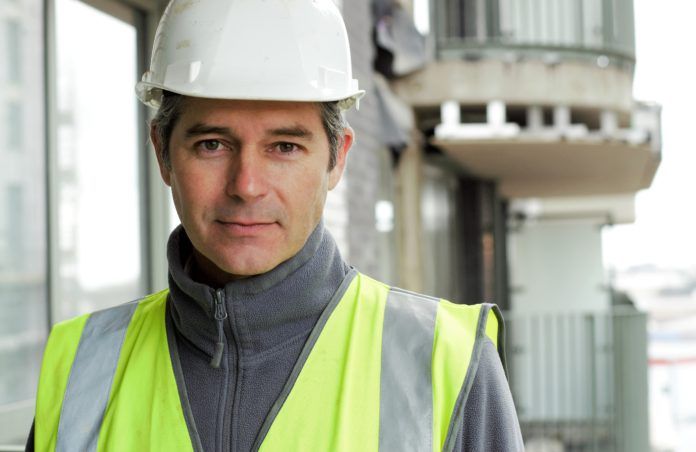While more architects and contractors are utilising Glass Reinforced Concrete (GRC) as a natural and highly tactile building façade, there is still misunderstanding about the material’s correct specification. To dispel some of the myths surrounding this cladding option, Pura Facades has produced a short video.
‘CladMaster – GRC Explained’ provides an overview of the material and its increasing adoption by specifiers looking for a fire-proof, sustainable and aesthetic cladding product.
James Butler, director of Pura Facades contributes to the video, citing the pros and cons of various types of glass reinforced concrete. He also explains the four main types of GRC of which architects should have a good understanding before technical specification.
GRC can be grouped into four main categories: pre-cast concrete, spray GRC, lightweight GRC and Ultra High-Performance Concrete (UHPC). Each have their own merits and specified in the correct way will give many decades of low-maintenance value.
James said: “Over the past five years, we’ve seen a marked increase in the use of GRC on buildings, especially where architects want to retain a high value, natural stone aesthetic to the building. However, the material comes in many different forms and specifiers really need to understand more about the various types of GRC before making a final decision.
“I hope this short video will be adopted by architects and designers as part of their wider CPD programmes. Too often, people assume that GRC is a simple, homogenous product, when in reality its various forms are quite different and lend themselves to a wide range of end-use applications.
“Once only available as a cast product, the various iterations of GRC have become far more numerous and nuanced. That’s why it’s so important for those involved in specifying this material to gain a highly developed understanding of its pros and cons – in whatever iteration of GRC is being considered for a project.”




